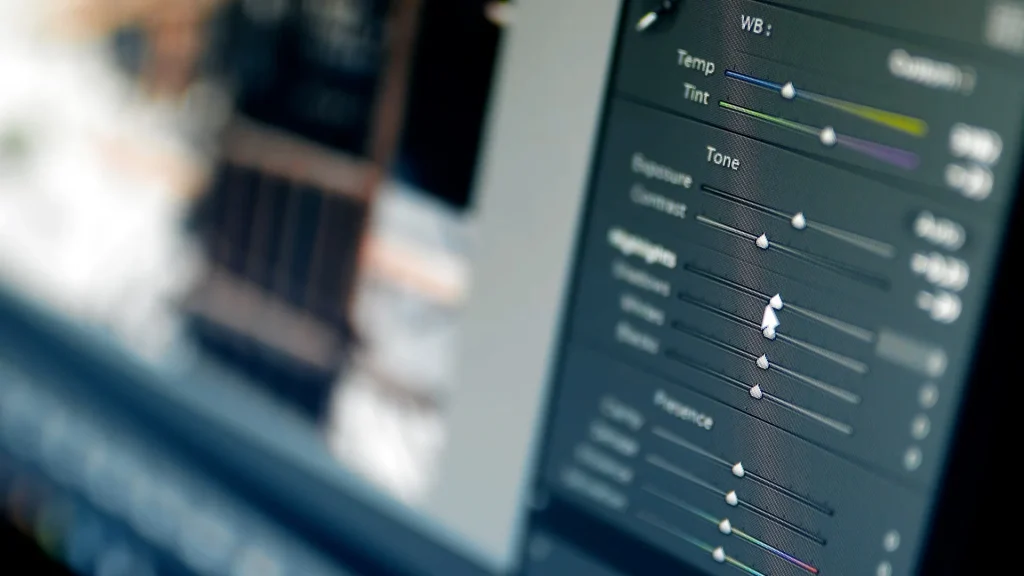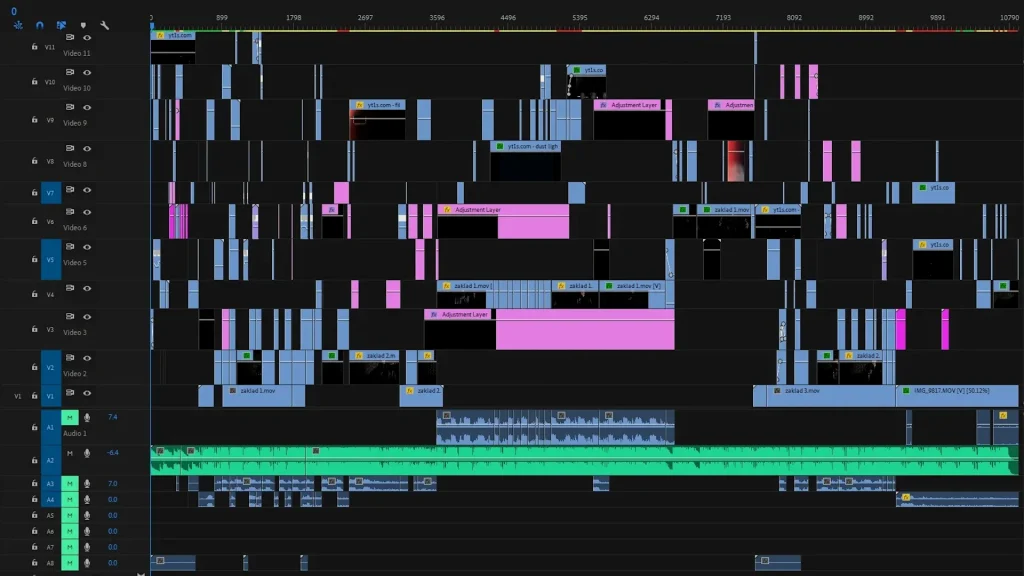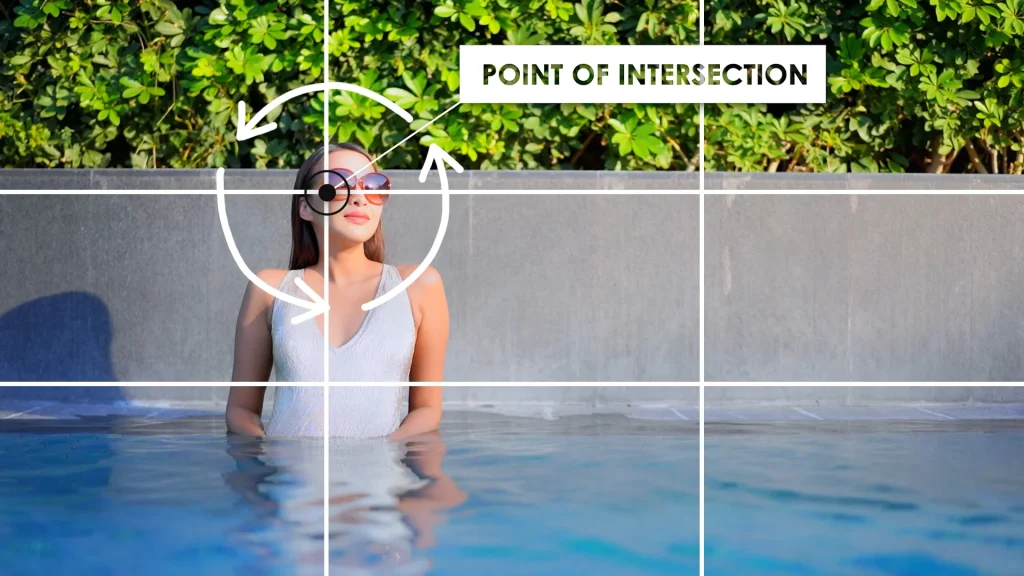Making these 7 common video editing mistakes might just be the best thing you can do for your creative skills.
You might wonder why making mistakes is important for video editors. The truth is – mistakes are a crucial part of the learning process. They help you grow, improve, and become more creative.
In this blog post, we’ll look into 7 common mistakes that every video editor should experience at least once. These mistakes will teach you valuable lessons and help you develop your skills.
1. Overusing Transitions

When you start editing, it’s tempting to throw transitions everywhere – Wipes, Fades, spins, you name it. Initially, it might look like you’re just having fun. However, by experimenting with various transitions, you begin to understand their impact.
You learn when a simple cut is more effective than a complex transition and how transitions can control the viewer’s attention. It’s through overuse that you discover moderation and the strategic use of each type of transition.
2. Incorrect Color Grading

Color grading can dramatically alter the mood and feel of your footage. If you’ve accidentally turned your sunny day shot into a moody twilight scene, you’re on the right track!
By pushing colors to their extremes, you learn about the emotional triggers different hues and tones can activate. This process deepens your understanding of the psychological effects of color, enabling you to create more compelling and emotionally engaging videos.
3. Over Or Underexposing Clips

Exposure mistakes are common, especially in complex lighting conditions. By overexposing or underexposing, you’re forced to play around with color correction tools and techniques.
This experimentation leads to a better understanding of how exposure affects the visibility of details and the overall atmosphere of your clips. Mastering exposure adjustments allows you to create the perfect balance in your visuals, ensuring your scenes always look just right.
4. Cluttered Timeline

A cluttered timeline might look intimidating. Clips and effects are stacked up, and nothing seems to be in order. But navigating this chaos is a fantastic learning curve.
It teaches you about efficient workflow management, how to sequence scenes for maximum impact, and the importance of decluttering through trimming or rearranging clips. This mess is your best teacher in becoming an expert in timeline management, helping you streamline your editing process for future projects.
5. Inconsistent Audio Levels

Audio is as important as your visuals. Messing up with inconsistent levels – where dialogue gets lost under overpowering music or sound effects – highlights the importance of audio in storytelling.
This mistake teaches you to fine-tune your hearing, adjust levels accurately, and use audio to complement your visuals perfectly. It’s a practical way to learn about the dynamics of sound mixing and how it can make or break your viewer’s engagement.
6. Ignoring Composition Rules

Intentionally ignoring composition rules like the RULE OF THIRDS or LEADING LINES can lead to discovering your unique style.
It encourages you to think outside the box and experiment with unconventional framing and angles, often leading to more intriguing and memorable visuals. This exploration can redefine your creative outlook and set your work apart from the standard approaches most editors stick to.
7. Relying Too Much on Presets

Presets are a double-edged sword. They’re quick and easy, providing a uniform look with just a click. But over-dependence on them prevents you from learning the finer details of your editing tools.
By exploring the settings and adjusting presets – or better yet, creating your own – you engage deeply with your software. This deeper understanding enables you to customize effects that truly enhance your footage, making your work stand out with a personal touch.
We’ve just seen how each of these 7 common editing mistakes, serves as a unique stepping stone towards becoming a better editor. Instead of fearing these errors, embrace them. Experiment, learn, and let your creativity flourish through trial and error.

